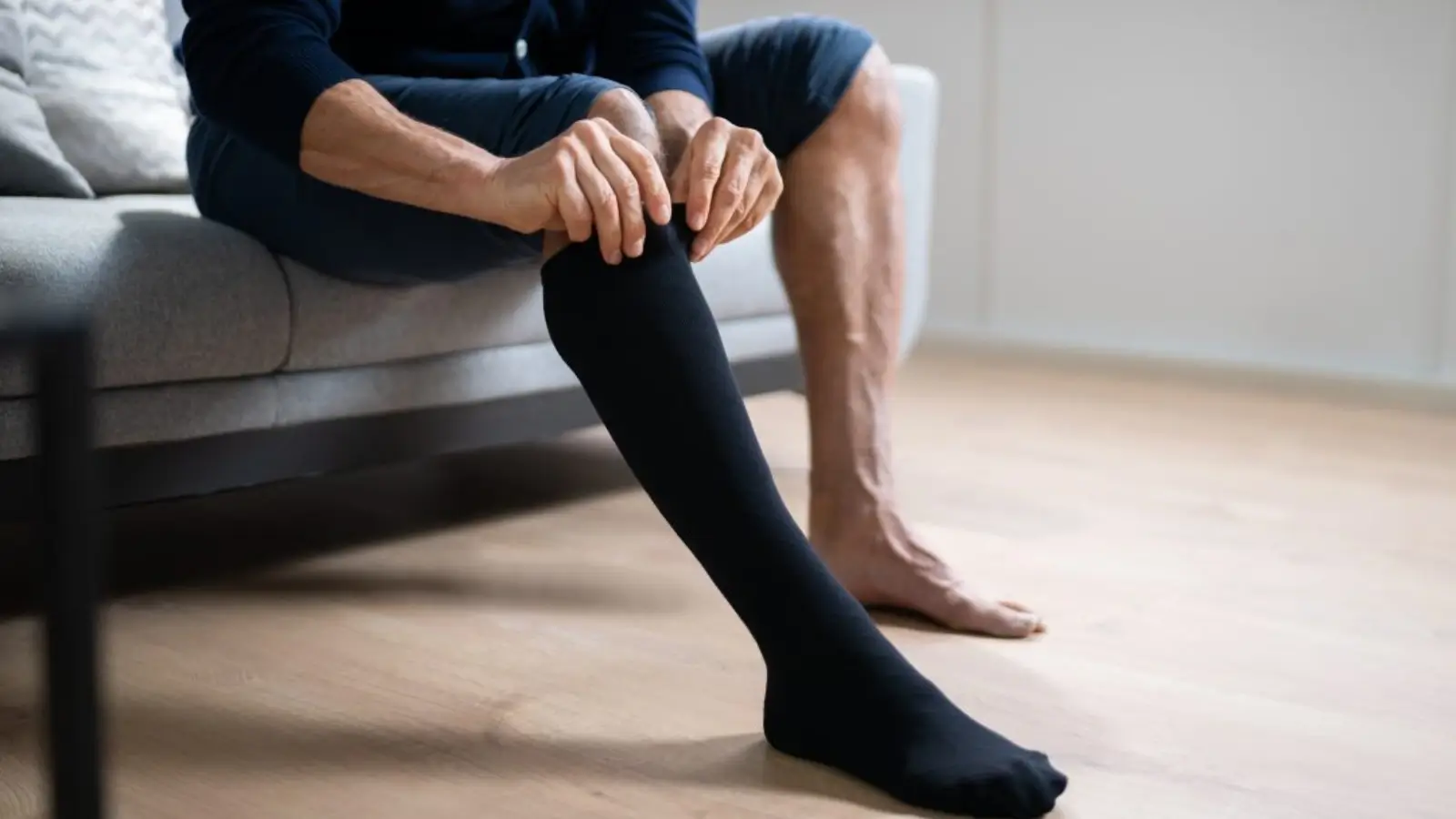


Maintaining leg health is paramount for individuals of all ages, occupations, and lifestyles. Within the multifaceted approach to leg care, compression stockings in Australia have emerged as a popular and effective solution for managing various circulatory issues and providing support for those who spend long hours on their feet. This comprehensive guide aims to elucidate the key considerations one must bear in mind when selecting the appropriate compression stockings for their needs.
Compression stockings are specialised hosiery designed to apply graduated pressure to the legs. This pressure supports the veins and increases circulation, which can mitigate swelling and reduce the risk of blood clot formation. The utilisation of these medical-grade stockings can be crucial for those with conditions like varicose veins, deep vein thrombosis (DVT), lymphoedema, or chronic venous insufficiency.
Compression stockings are categorised by the level of pressure they exert, measured in millimetres of mercury (mmHg). They usually range from light compression (around 8-15 mmHg) to strong compression (above 30 mmHg). It is imperative to consult with a healthcare professional to determine the appropriate compression level for your specific condition. Over-the-counter options often provide light to moderate compression, while higher levels require a prescription.
A correct fit is vital for compression stockings to be beneficial. They should fit snugly but not be so tight that they restrict blood flow. Getting professionally measured can ensure the best fit and avoid potential issues arising from poorly fitting stockings, such as skin irritation or lack of efficacy in managing symptoms.
The material of the compression stockings can influence comfort, breathability, and durability. Common materials include nylon, spandex, cotton, and microfiber. Consider the climate you live in and your personal preferences when choosing the material. For example, cotton may be more comfortable in warmer climates, while synthetic fabrics might offer more enduring elasticity.
Compression stockings come in various lengths, including knee-high, thigh-high, and pantyhose. Knee-highs are often recommended for those with issues confined to the lower legs, while thigh-highs or pantyhose may be necessary for more extensive needs. The style that you choose should align with the medical advice received and your daily activities.
Gone are the days when compression stockings were only available in neutral skin tones. Today, a wide array of colours and patterns are available, allowing wearers to match their stockings with their wardrobe or personal style, making it easier to incorporate them into daily life.
For some individuals, putting on compression stockings can be a challenging task, especially those with high compression levels or mobility issues. Look for stockings that come with features such as zippers or are made from fabrics that can simplify the process of donning and doffing them.
Your specific medical needs should be at the forefront when selecting compression stockings. For instance, diabetics may require specialised stockings that accommodate their sensitivities. Always consider your health status under the guidance of medical professionals.
To extend the life of your compression stockings and ensure they maintain their compressive properties, proper care is essential. This typically involves hand-washing with mild soap and warm water, then air drying. Avoid using fabric softeners or bleach as they can degrade the elasticity of the stockings.
Even with diligent care, compression stockings lose their effectiveness over time. Generally, they should be replaced every three to six months, depending on the degree of wear and tear. Regular replacements ensure continuous support and therapeutic benefits.
Consider the cost factor when purchasing compression stockings. Some private health insurances in Australia may cover a portion of the cost if the stockings are medically necessary. Verify your policy details or consult with your healthcare provider regarding potential reimbursement.
Professional guidance in choosing the right compression stockings cannot be overstated. Pharmacists, doctors, and specially trained fitters can offer indispensable advice on the appropriate type of stocking considering your lifestyle, medical conditions, and measurements.
The availability of compression stockings in Australia is fairly widespread, with options available at pharmacies, medical supply stores, and even online. However, the ease of access should not compromise the importance of professional input or the quality of the stockings chosen.
To reap the full benefits of compression stockings, regular use as prescribed is essential. They are not merely a temporary solution but a component of an ongoing regimen to promote leg health and comfort.
In conclusion, choosing the right compression stockings in Australia is a significant decision which can enhance one's quality of life by improving leg health. It encompasses evaluating compression levels, fit, material, and style, while considering specific conditions and individual needs. With this essential guide, you are well-positioned to make an informed decision that aligns with both your health requirements and personal preferences.